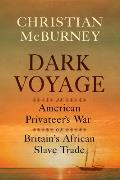I’ve looked for more sources about the
British army deserter who reached the Continental lines around Boston on the night of 8–9 Mar 1776 and evidently spoke to Gen.
George Washington on 10 March.
So far I haven’t found anything besides the reports I’ve quoted from Maj. Samuel Blachley Webb and
James Bowdoin.
Neither Washington nor his aide
Stephen Moylan mentioned that man in their 10 March letters reporting that the British were planning to
leave Boston. I believe they wrote those dispatches before the deserter arrived at the
Cambridge headquarters. His information corroborated what they had already heard, so they saw no need to send additional reports about him.
It’s possible that a British army muster roll might identify a soldier who deserted on 8 March. Then we could look for evidence of where that regiment was stationed, and we could look for that man’s name in American records.
Those bits of information could be useful in assessing the man’s credibility when he quoted Gen.
William Howe as saying about the
works on
Dorchester heights, “Good God! These fellows have done more work in one night than I could have made my army do in 3 months. What shall I do?” Was this enlisted man actually in a position to hear the commander speak frankly like that? Or was he flattering the American commander with a story? For now, those are still open questions for me.
As for the person whose information Washington and Moylan
did cite in their 10 March letters, that was a sea captain from
Salem whose name different American officers rendered as Erving, Irvine, Irwin, and Erwin. Only the form Ervin (or Earven) appears in the Salem vital records.
At least one man from Salem with that surname was reported as commanding a merchant ship before the war. Those maritime records don’t come with first names, but the best candidate is George Ervin. After he died in 1816, his administrator identified him as a “Mariner.”
Calculating back from his reported age at death, George Ervin was probably born in 1749. He married Mehitabel Gardner at
Danvers on 12 Oct 1773. She had been baptized on 31 Jan 1748. They started having children a little more than nine months later:
-
George Gardner Ervin, born 31 July 1774, died 12 Oct 1781.
-
Hetty, born 21 Jan 1777, died in May.
-
another Hetty (Mehitable), born 11 Oct 1778, married Joseph Felt (not the Salem chronicler) in 1799, and died in 1843.
-
Joseph, born 8 Dec 1780, died in Martinique in 1816.
-
another George, born 8 Sept 1782.
-
Sally (Sarah), born 5 Sept 1784, died 15 Oct 1813.
-
Betsy, born 23 July 1786.
-
Ernest Augustus, born 25 Jan 1789, a privateer captain in the War of 1812, died in December 1860.
According to Washington’s letters, he spoke to “A Captain of a Transport” who told him “That the Ship he commanded was taken up, places fitted & fitting for Officers to lodge, and Several Shot, Shells &
Cannon already on board” for the evacuation of Boston. That of course meant that the captain, his ship, and his crew were all in Boston harbor, either voluntarily or by force. I haven’t found any sources putting George Ervin in that situation.
George Ervin served as first lieutenant on the privateering sloop
Rhodes, commanded by Nehemiah Buffington and sailing out of Salem in the summer of 1780. He was listed as thirty-one years old, 5'8" tall, with a light complexion.
In 1785
Salem elected George Ervin as one of the town tax collectors. When he died decades later, he owned two houses on Mill Street. His estate was a few hundred dollars in debt.
There were other men named Erwin in Salem, including Samuel, “heretofore of Bristol in England, now of Salem,” who married Lydia Chever in 1770; John, who married twice in the 1770s; and Joseph, who had twin girls with his wife Mary baptized in July 1774. But I can’t connect any of those men with the sea like George.
COMING UP: Gen. Washington’s dinner with “Captain Irving.”





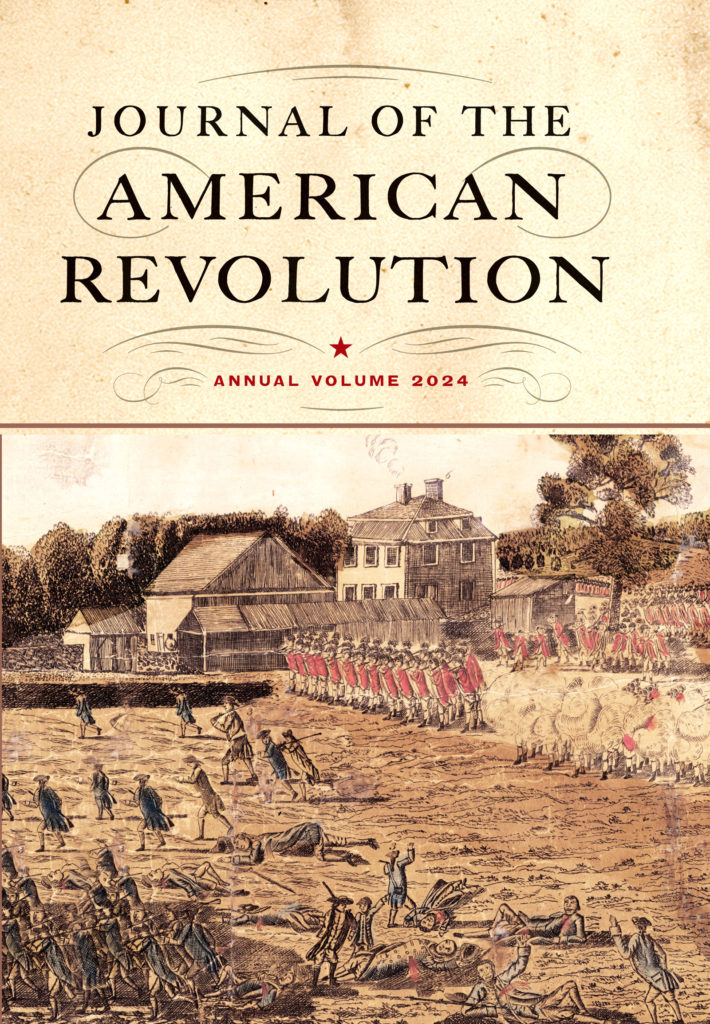
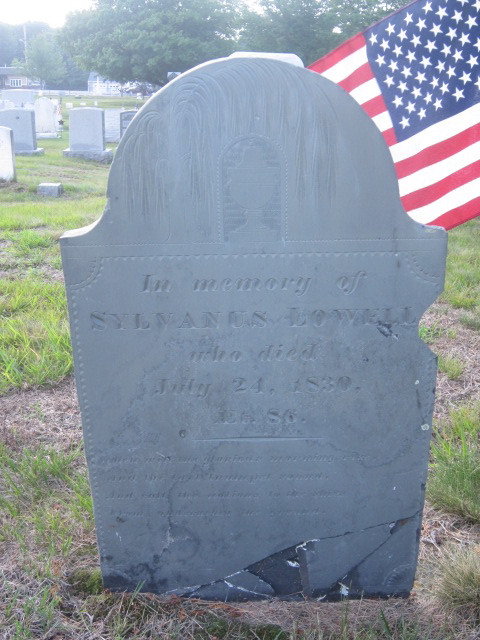
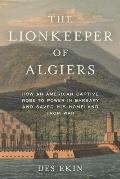
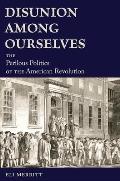
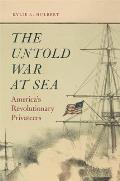

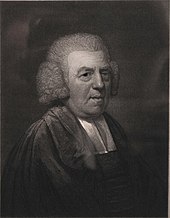



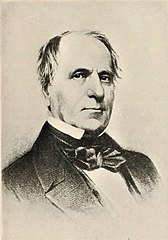


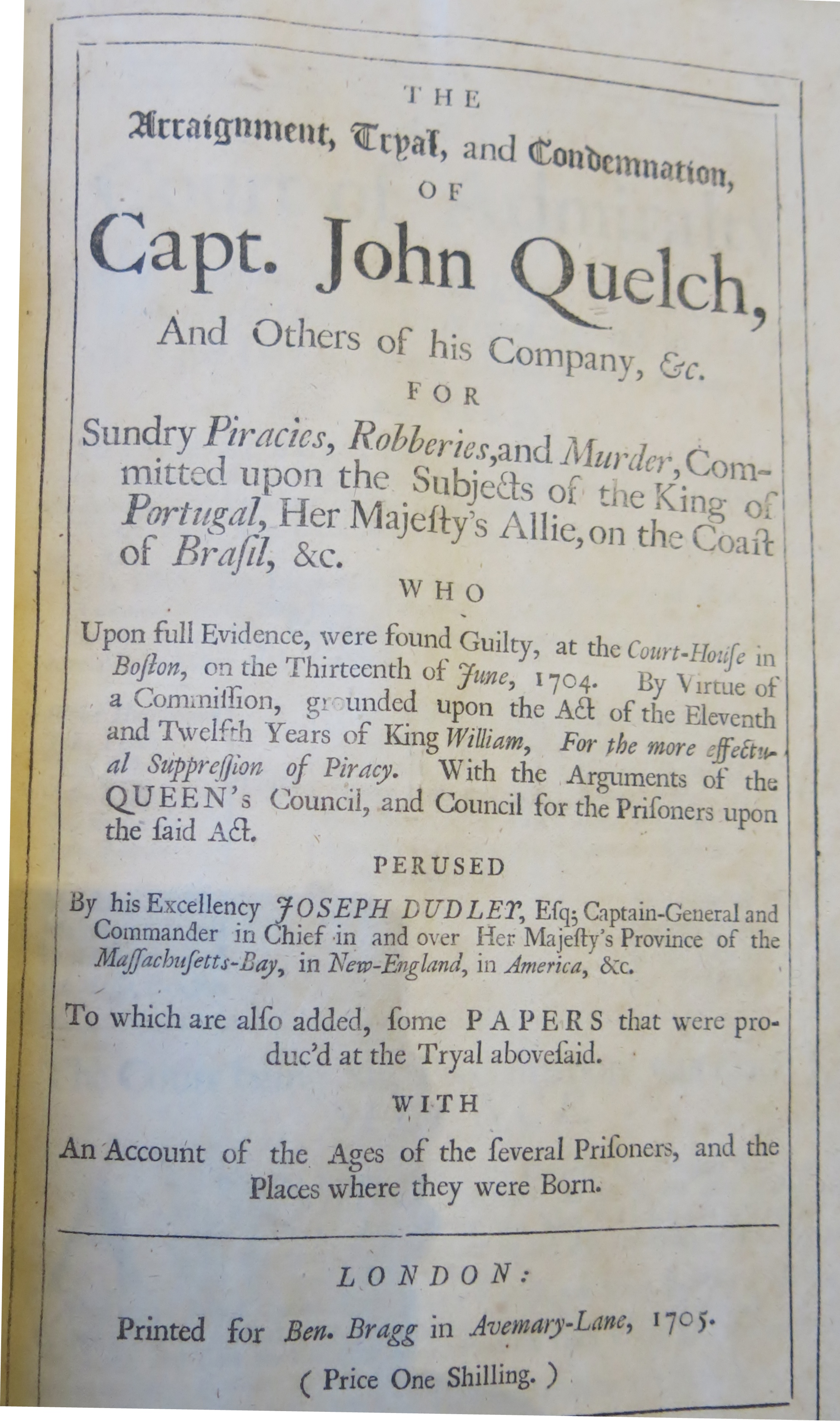

.jpg/161px-Capitol_cupola_Colonial_Williamsburg_(6544791097).jpg)

